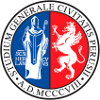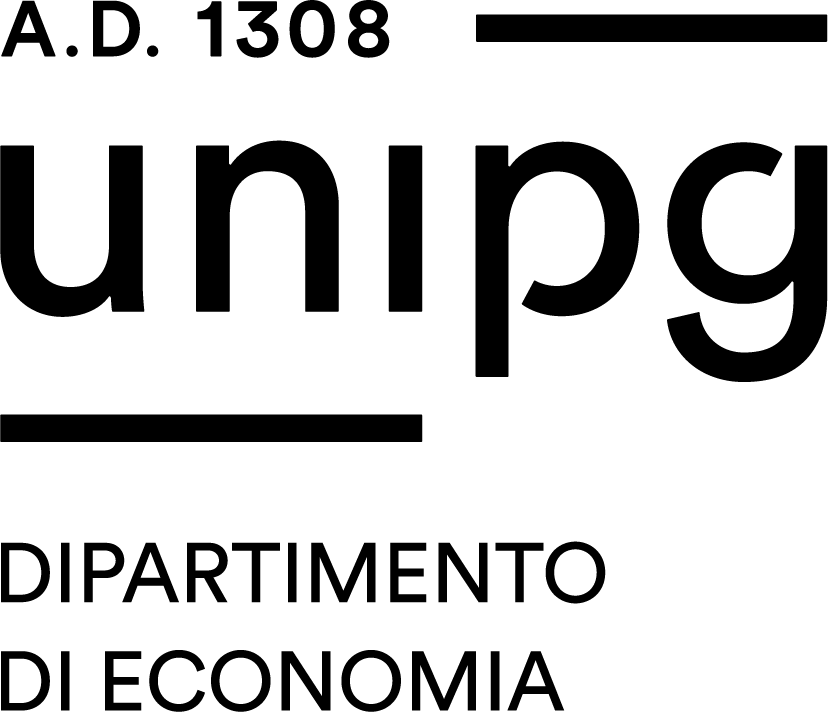Study-unit COMMUNITY WELFARE AND EVALUATION
| Course name | Social policies and social work |
|---|---|
| Study-unit Code | A001411 |
| Curriculum | Progettazione delle politiche sociali |
| Lecturer | Mariella Ursini |
| Lecturers |
|
| Hours |
|
| CFU | 6 |
| Course Regulation | Coorte 2023 |
| Supplied | 2024/25 |
| Supplied other course regulation | |
| Learning activities | Caratterizzante |
| Area | Discipline sociologiche e di servizio sociale |
| Sector | SPS/07 |
| Type of study-unit | Obbligatorio (Required) |
| Type of learning activities | Attività formativa monodisciplinare |
| Language of instruction | Italian |
| Contents | The course starts from an analytical framework between welfare state and subsidiary welfare, trying to order and define criteria and areas of interaction. Particular emphasis will be placed on the connection between the two types of welfare, their evolution and the possible joints. Some thoughts about these joints will be proposed in order to understand the possible consequences of wellbeing production. The community welfare is placed in this context by focusing the attention on the importance of social networks and cooperation among local stakeholders. The main theme of the course is urban regeneration in its two components (physical and social) and further reflection will focus on the relationship between ecology, political dimension of ecology and community welfare. The course will be completed by constructive interactions between students and the most representative local stakeholders using meetings, seminars, workshops and other forms of cooperation useful for learning. Students will be invited to actively contribute to the educational path through critical reflections and reworking of their acquired knowledge. |
| Reference texts | Ursini M. (2023) Welfare di comunità: nuove frontiere. Dalla rigenerazione del territorio al protagonismo della comunità, Maggioli, Santarcangelo di Romagna Ranci C., Pavolini E., (2015), Le politiche di welfare, Il Mulino, Bologna Ferrera M., (2015), Le politiche di sociali, Il Mulino, Bologna Bezzi C., (2015), che cos’è la valutazione, Franco Angeli, Milano Materials provided by the teacher: slides shown during lessons and other material of in-depth. |
| Educational objectives | Starting from the welfare state evolution, the aim of the course is to provide knowledge concerning subsidiary welfare and the role of community welfare in the well-being production. Furthermore, by analyzing the main concepts, the course aims to investigate some connections between welfare state and subsidiary welfare proving how necessary their collaboration and their positive interaction are in order to provide services to the community in an equitable and effective way. Analyzing the role of community welfare in the wellbeing production, the course aims to highlight that the comparison between public authorities and the different stakeholders of the territory is an opportunity to define in the best way the strategic directions for public policymaking. |
| Prerequisites | No one in particular |
| Teaching methods | Most of the course is based on frontal lectures. To these are added: Meetings and seminars in depth with stakeholders, workshops to apply information in real-life situations (case analysis, simulator games, teamwork); staging posts and evaluation of learning process (plenary debate). |
| Other information | |
| Learning verification modality | Oral examination |
| Extended program | Globalization and Community: A Preliminary Analysis. Network and flow society and global networks – the new elite and the indifference toward territory – the politics of the everyday – the underclass and the society of waste – the "solid" world and the "liquid" world – the city of distances and the 15-minute city – cosmopolitan localism. Welfare State and Subsidiary Welfare. Welfare state and its main characteristics – the principle of subsidiarity and subsidiary welfare – a brief reflection on public policies. Actors of Well-being: The family and its evolution – demographic transition, sandwich generation, and intergenerational obligations – demographic changes and vulnerability – family and intergenerational inequality – the market and its evolution: from work to the society of work – the "market of responses," market and welfare – corporate welfare – the Third sector, the institutional diversity of the Third sector, horizontal subsidiarity – social enterprises: a brief description – The role of the general interest sector in social innovation: the bricoleur and the engineer – Volunteers for the community. Proximity and Urban Regeneration Proximity: a complex concept – proximity and services: the proximity city – physical and social urban regeneration – the reuse of urban spaces and “temporal gaps” – the regeneration of small villages – “metromontagna” and the staying of young people. Community and Proximity Welfare: building well-being between leadership and followership Ecology and the political dimension of ecology in the relationship between society and territorial resources – ecowelfare, the Anthropocene, and “zero-sum games” – new paradigm: positive-sum games: the role of the community – environment and welfare: what connections – community welfare: galaxies and Modular System – interchangeability of leader and follower roles – the role of the public sector as a guarantor of processes – the political role of community welfare. Community Experiences Educating communities, neighborhood houses and energy communities. |


